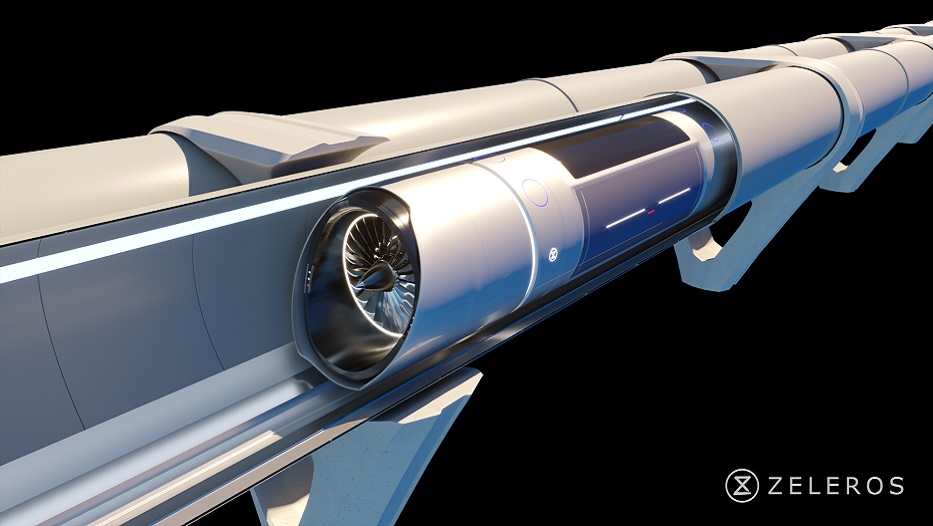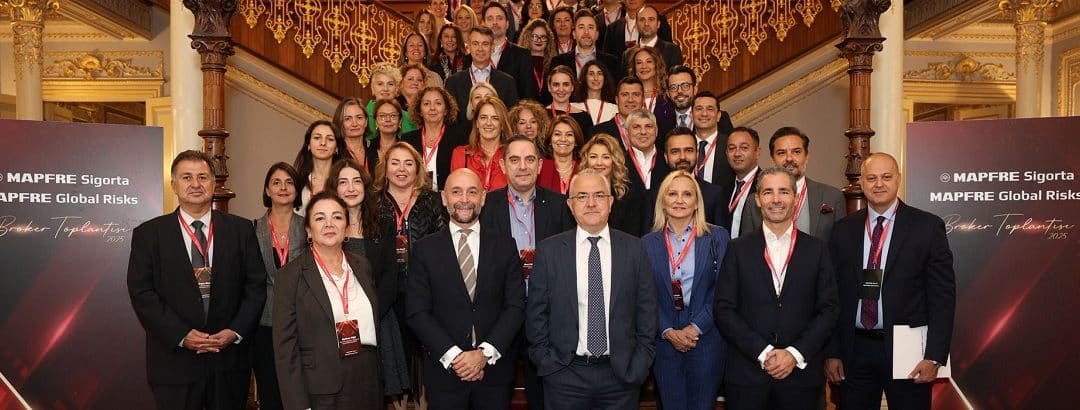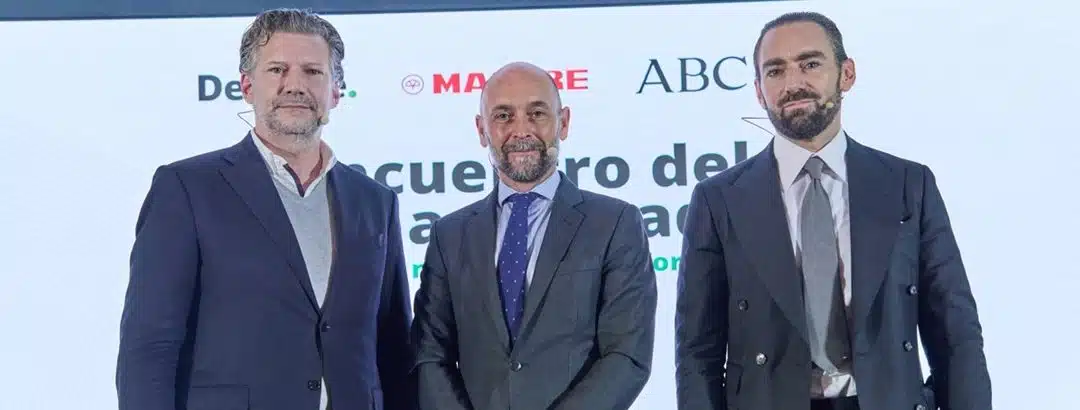admin | 10/03/2020
In just a few short years, a new transportation model will revolutionize not just the transportation industry, but all of society: the Hyperloop, a high-speed system that is energy-efficient and without direct emissions. It will operate autonomously and use the most cutting-edge technology, reducing distances by an astonishing amount to connect cities and logistical centers in a matter of minutes.
It was in 2013 when Elon Musk, founder of SpaceX and Tesla, brought the Hyperloop idea into the mainstream as a vehicle based on floating pods that could reach speeds of 1,200 km/h—almost the speed of sound—and levitate at low pressure in a network of steel tubes that could be placed underground or above ground on pillars.
When Musk announced it, he published the content and technology of his project, but he stressed that he felt it was an initiative open to participation by anyone interested in its development. As a result, there are currently multiple initiatives ongoing around the world, such as American projects Virgin Hyperloop One and Hyperloop Transportation Technologies (HyperloopTT); Hardt Hyperloop, based out of the Netherlands; the Transpod in Canada; and the Spanish project Zeleros, created by a team of students at the Universitat Politècnica de Valencia who won the competition held by Musk with the best Hyperloop prototype design.
“The developers are currently in the scaled technology validation phase. After these trials, which will take place over the next 2–3 years, sufficient knowledge will be compiled on the latest advances to select the most scalable and sustainable technologies and conduct trials on a real scale,” explained Juan Vicén, Zeleros co-founder and CMO, who believes that we will see the first developments for freight after 2025 and for people after 2027. He also noted: “Technological progress, the investments received, and institutional and regulatory support will accelerate these processes.”
System Integration
Launching such an innovative project requires numerous technologies to be implemented and combined efficiently and safely. As Vicén noted, Hyperloop makes use of technological advancements from other industries, such as the railroad sector, as it is guided transportation; aviation, as it must operate at speeds and pressures more similar to what planes experience; and “the use of magnetic systems for levitation and propulsion,” which makes it similar to maglev trains that are currently in operation around the world.
It also uses automated tools to connect the various pods with a real-time control system. “Additionally, the power used means that energy storage, generation, and distribution are key issues,” he asserted.
In terms of infrastructure, he noted that there must be systems to remove air and maintain pressure at optimal levels. It is important to remember the control and communication mechanisms used to determine where pods are at all times, which will be able to react with precision in the event of an incident.
In fact, according to Vicén, system integration is precisely the greatest challenge with this type of project, “as they all work commercially in different sectors, but they have never been tested together.” That is why it is important to conduct scaled trials to meticulously measure the system’s financial, energy, and social sustainability.
In this regard, a network of Hyperloop research centers is now in the planning stages, and it is predicted that it will begin operations in the coming years in France, Poland, Spain, and the Netherlands. These regions, where various project developers operate, will serve as research sites for testing and validating technology and standards.
What is completely certain is that Hyperloop “must be designed as a global system that crosses borders. This means that interoperability is paramount, seen as the ability to interconnect Hyperloop systems with each other in the most agile and easiest way possible,” the Zeleros CMO specified.
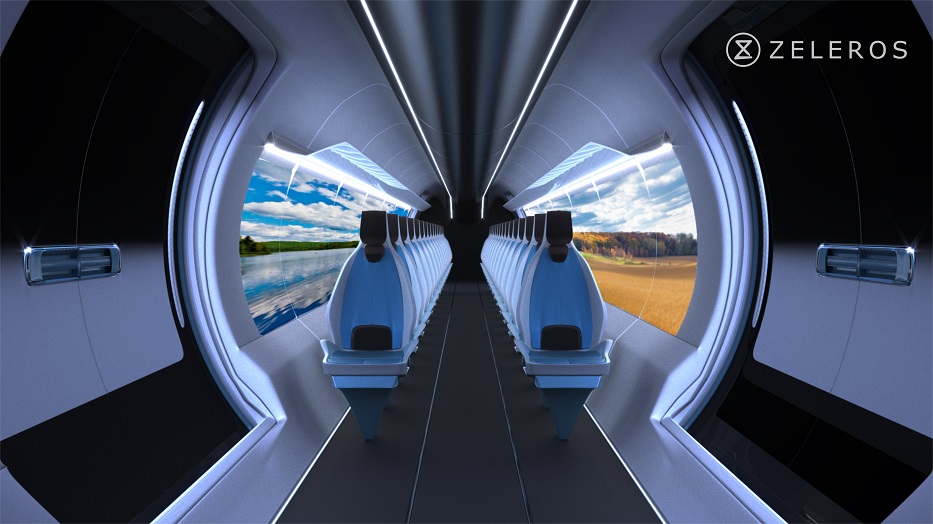
The Hyperloop will enable sustainable, competitive transportation, connecting large operating hubs in a matter of minutes.
Revolution in Transportation
All this progress will bring about a revolution in the transportation of freight and passengers in the future, as Hyperloop will enable sustainable transportation, with the capability of “reducing greenhouse gases by around 30 million tons in Europe alone.” In addition, it will be competitive in terms of time for distances between 500 and 1,500 km, connecting large operating hubs in a matter of minutes. This will lead to “a European Hyperloop network that could save around 75 million hours with an economic impact of approximately 1.6 trillion euros.”
Professional prospects will grow as the links between regions could allow workers to live in one country and work in another. “It will be like an international subway system,” Juan Vicén acknowledged, in addition to improving logistical processes, increasing connectivity, and strengthening countries’ industrial networks.
Although the overall economy will benefit from this new transportation system, a number of industries will feel the main impacts from its implementation, as Zeleros confirmed:
–Railroads. It will improve competitiveness of land transportation systems for distances at which railroads cannot be competitive in terms of speed. It can thereby become part of consortiums of profitable land routes where they previously could not justify construction.
– Infrastructure This sector will be able to expand its lines of business. A new need for Hyperloop stations and infrastructure, which will require a number of projects, will now be added to the network of roads, railroad systems, and aviation.
– Aviation If the systems that make use of aviation technology with similar pressures are successful, it can benefit from reducing its emissions for the most inefficient routes without reducing their production capacity.
Next steps
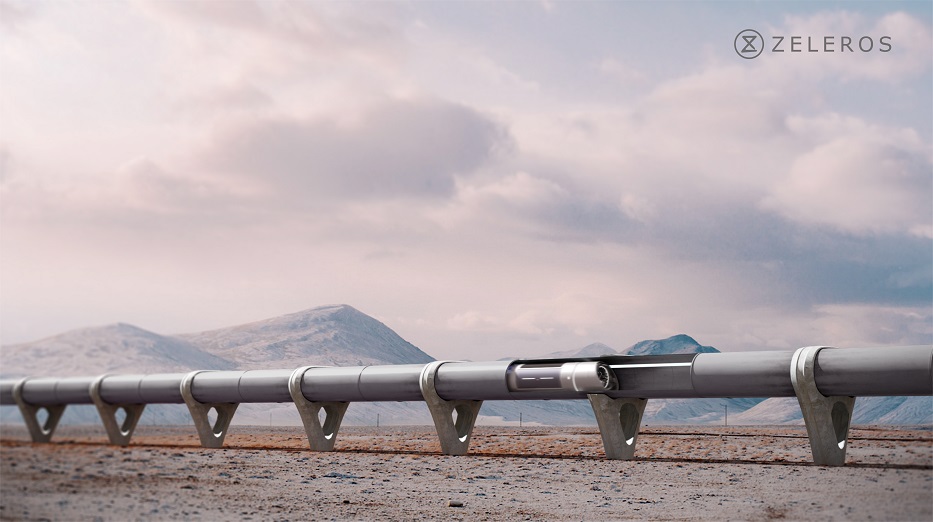
The Hyperloop is a vehicle based on floating pods that could reach speeds of up to 1,200 km/h and levitate in a network of steel tubes at low pressure.
Despite the clear benefits that the Hyperloop launch can bring, the projects must overcome a number of challenges to be effectively implemented in the coming years. A regulatory agency, as there is in aviation or the railroad sector, must be defined. “However, there has been a group working on this issue since 2018, in collaboration with the Hyperloop developers and European regulatory agencies (ERA, EASA), that is now looking into how to make progress in this regard,” Juan Vicén explained optimistically. He added that it is “very positive, as it accelerates regulation processes in parallel with technological validation.”
Another considerable challenge faced is related to the safety of this mode of transportation, which has risks that vary depending on the proposal and, more specifically, the pressure level at which the system operates. “For example, reaction times are greater at pressure levels similar to aviation’s levels than at a vacuum level of pressure,” Vicén commented. He further explained that all the mechanisms are being designed with the highest standards possible and system redundancy to ensure they are failproof. “This means supporting several systems that can operate in any emergency scenario, keeping freight and passengers safe at all times,” he confirmed.
In addition, a Hyperloop Standardization Committee was recently created, the first initiative in the world—which is led by Spain—to create standards for Hyperloop systems. This initiative has been driven by the Spanish Association for Standardization (UNE), in collaboration with the NEN, the Netherlands Standardization Institute. “The objective is to improve the system’s safety, interoperability and sustainability, and to learn from past mistakes that, like railroad track gauge, have led to so many added costs,” the Zeleros cofounder noted. This makes it possible to avoid issues like incompatible characteristics that complicate transportation between European Union countries Additionally, standardization will impose requirements and methods to assess compliance with them to ensure safe transportation of people and freight.
In terms of funding, currently more than 300 million euros have been designated privately for Hyperloop development. There are also several countries that have announced that viability analyses will be conducted. The European Commission has also earmarked the first support package, thanks to the public-private initiative Shift2Rail, to identify synergies and opportunities with the railroad sector.
In fact, the financial aspect does not seem to be an obstacle, as the financial support from both companies and public institutions is going to grow markedly in the coming years. Allied Market Research predicts that the market in 2022 around Hyperloop projects will move some 1.35 billion dollars, reaching 6 billion by 2026.
Hyperloop Passenger Pod Prototype

Source: Hyperloop Preliminary Design Study Technical Section, by SpaceX
This article was written with the participation of…
 Juan Vicén is the co-founder and CMO of Zeleros, the Spanish company that is leading development of a Hyperloop transportation system in Europe. He holds a degree in Industrial Engineering from the Universitat Politècnica de Valencia and he received his Master’s in Industrial Design from the Technical University of Munich. There, he was awarded for his design of a low-cost air quality sensor for cities (Hawa Dawa). He later received recognition , together with his team, from SpaceX (Elon Musk’s company) as the best Hyperloop concept in the United States (2016). Now, at Zeleros, his ambition is to demonstrate the scalability of his Hyperloop system to sustainably connect countries in a matter of minutes.
Juan Vicén is the co-founder and CMO of Zeleros, the Spanish company that is leading development of a Hyperloop transportation system in Europe. He holds a degree in Industrial Engineering from the Universitat Politècnica de Valencia and he received his Master’s in Industrial Design from the Technical University of Munich. There, he was awarded for his design of a low-cost air quality sensor for cities (Hawa Dawa). He later received recognition , together with his team, from SpaceX (Elon Musk’s company) as the best Hyperloop concept in the United States (2016). Now, at Zeleros, his ambition is to demonstrate the scalability of his Hyperloop system to sustainably connect countries in a matter of minutes.


